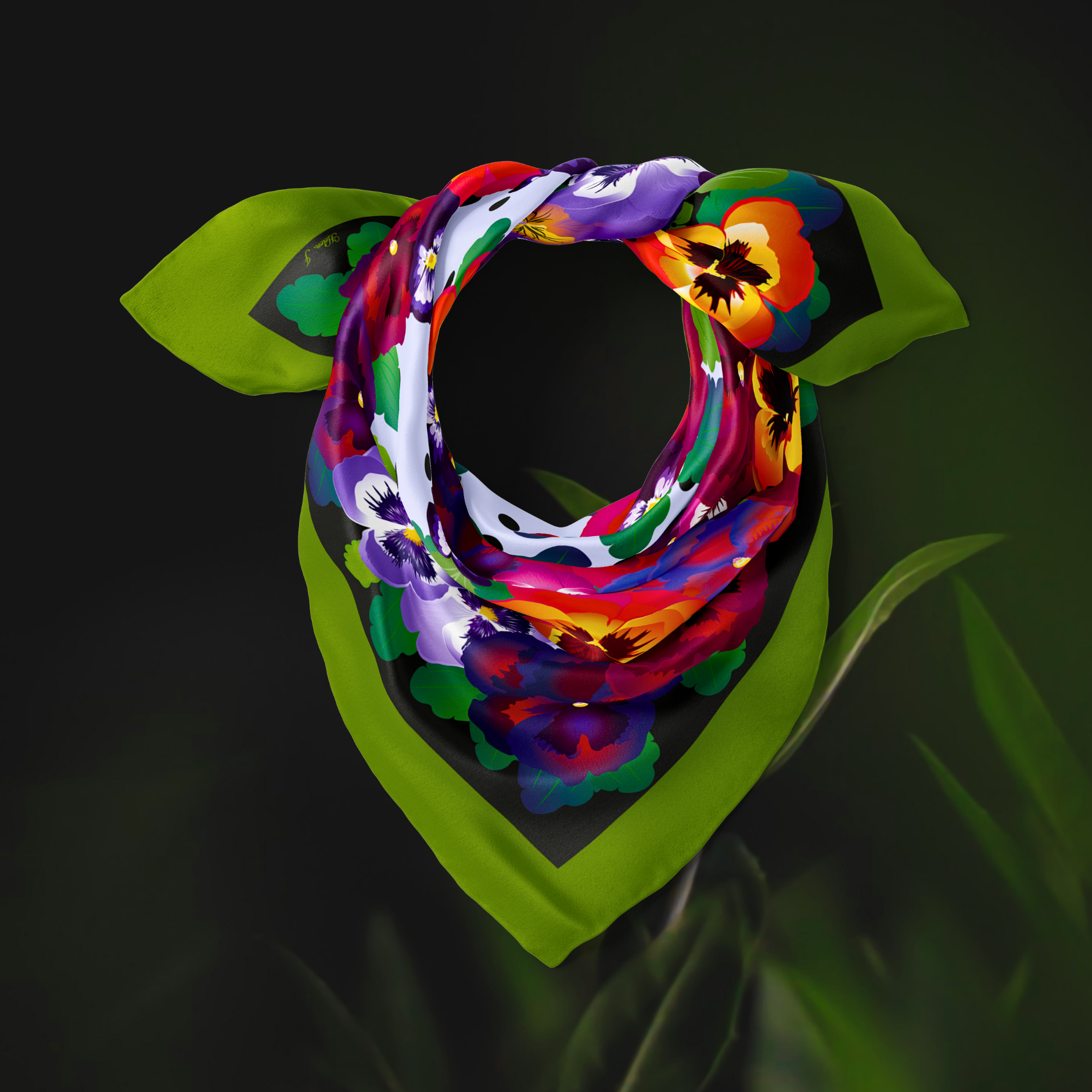History of Silk
A Visit to the Silk Museum in Macclesfield
Silktopia popped into our local Silk Museum in Macclesfield and we thought we share some of the knowledge with you we picked up from the Museum.
Silk Beginning
Legend has it, whilst out picking cocoons from a mulberry tree in the 27th Century BC, Empress Xi Ling Shi accidentally dropped one into her hot cup of tea. Noticing it unravel into a long filament, the Empress persuaded her husband to give her a grove of mulberry trees and she invented a silk loom to combine threads into a soft luxurious cloth, creating the material we know today as silk.
Her husband perfected and industrialised the process but the Chinese kept the knowledge secret for over 2000 years, until the 2nd century BC when the Silk Road was established to export the luxury material to the rest of the world.
In the years since silk has revolutionized industries and shaped towns in the late eighteenth century.
Silk in the North of England
In Macclesfield, Cheshire silk was a large industry. The silk industry brought in skilled industrial workers and a standard of living to the town which was better than the working in the fields in the 19th century. Highly skilled workers in the industry were required to do an intricate job, on the highly valued silk production process which is a complex process. There is a lot of creativity in the silk processing of luxury products.
Edith Buxton
Edith was a successful textile designer in the 1940s and attended evening classes at Macclesfield School of Art where she learnt embroidery design and printed textiles.
Edith in the 1940s worked at Barracks Printing Company in Lower Heyes Mill in Macclesfield. Edith specialised in floral patterns for screen printing and her designs were very popular. Edith's designs were hand-painted florals and stylised flowers which were printed onto scarves and dress fabrics.
Later in life, Edith continued to paint in watercolours with depictions of florals and often exhibited her work around the area.
Jacquard Weaving
A French weaver and merchant called Joseph Marie Jacquard invented the industrial weaving machine that could read the detailed holes in the card and weave the patterns directly onto the fabric. This machine was named the Jacquard mechanism and the intricate pattern produced is called Jacquard.
Credited as being an important step towards the computer revolution, the machine used sets of replaceable hole-punched cards to program the looms with the correct warp and weft pattern to create designs in the fabric.
A skilled worker called a Jacquard textile designer would sketch the design then enlarge and transfer it to gridded paper known as point paper. Point parer shows how the weft threads pass over or under the warp threads to create the woven fabric.
The point paper is then read by card cutters who punch the holes. One card is cut out for each pass of the shuttle carrying the weft and for each separate colour the cards have to be cut in the correct order in each horizontal line.
The Macclesfield Museum is a hidden gem, free to enter, tours are charged but we thoroughly recommend paying – a great place to visit for anyone interested in textiles.




